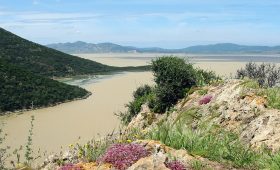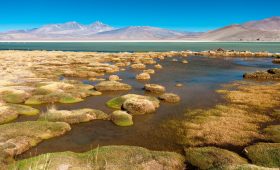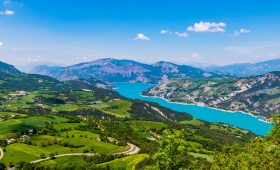Exploring Gafsa, Tunisia: A Journey Through History and Nature
Gafsa, located in southwestern Tunisia, is a city rich in history and natural beauty. As the capital of Gafsa Governorate, it offers a unique blend of ancient ruins, lush oases, and a vibrant local culture. This guide will provide you with essential insights to plan your visit to this intriguing destination.
Historical Significance of Gafsa
Gafsa, originally known as Capsa, has a storied past dating back to the Mesolithic era. The region is associated with the Capsian culture, known for its archaeological sites and artifacts. During Roman times, Capsa was a significant city near the Fossatum Africae, a defensive line in Roman Africa. The remnants of Roman baths and cisterns still stand as a testament to its historical importance.
Throughout history, Gafsa has seen various rulers, from the Romans to the Byzantines, and later the Arabs. The city’s strategic location made it a focal point for trade and military campaigns. In more recent history, Gafsa played a role in the events leading up to the Jasmine Revolution, which ignited the Arab Spring.
Natural Attractions
Gafsa is not just about history; it also boasts stunning natural landscapes. The city is surrounded by lush date palm groves and gardens, thanks to its oasis setting. The nearby Chott el Djerid, although not directly in Gafsa, is the largest salt pan in the Sahara Desert and offers a surreal landscape of shimmering salt flats.
In 2014, a mysterious lake appeared near Gafsa, drawing curiosity and visitors alike. While its origins remain unclear, it adds to the region’s allure.
When to Visit
The best time to explore Gafsa is during the spring (March to May) and autumn (September to November) months. During these periods, the weather is mild, making it ideal for outdoor activities. The summer months can be extremely hot, which may limit your ability to explore comfortably.
Getting to Gafsa
By Air
The closest international gateway to Gafsa is Tunis-Carthage International Airport. From Tunis, you can either take a domestic flight to Gafsa-Ksar International Airport or opt for a road or rail journey.
By Road
Driving from Tunis to Gafsa takes about 4 to 5 hours, depending on traffic. Renting a car offers flexibility, but you can also hire a taxi or join a guided tour for convenience.
By Rail
Gafsa is accessible by train from Tunis, with a journey time of approximately 4 to 5 hours. The train ride provides scenic views of the Tunisian countryside.
Getting Around Gafsa
Local Transportation
Once in Gafsa, taxis and private cars are the most convenient ways to get around. Taxis are widely available, but it’s wise to negotiate the fare beforehand. For a more immersive experience, consider renting a bicycle to explore the city at your own pace.
Guided Tours
To gain deeper insights into Gafsa’s history and culture, joining a guided tour can be beneficial. Local guides offer tours to significant sites, including the Roman ruins and the surrounding natural attractions.
Gafsa is a destination that combines historical intrigue with natural beauty, offering travelers a unique glimpse into Tunisia’s diverse heritage. Whether you’re exploring ancient ruins or enjoying the serenity of an oasis, Gafsa promises an enriching travel experience.




